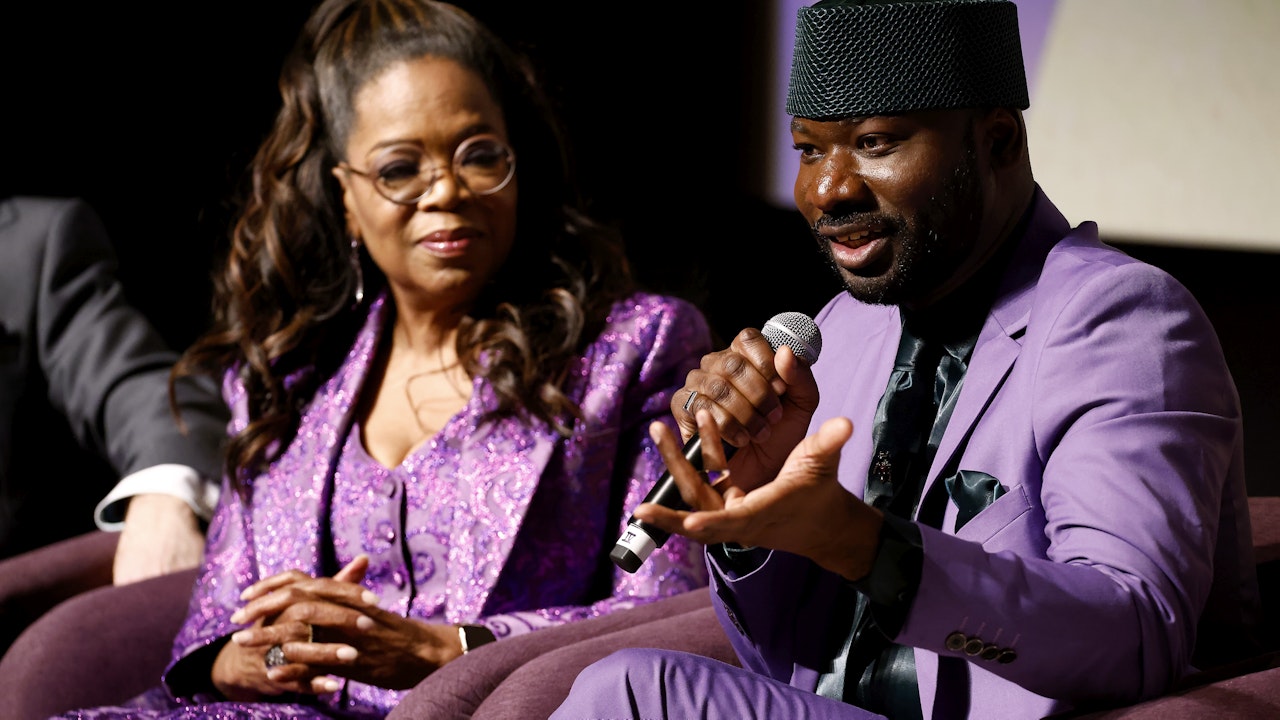Homepage
•
Learning Library
•
Blog
•
Let’s Rethink the Way We Teach Black History
Expand breadcrumbs
Expand breadcrumbs
- Learning Library
- Blog
- Let’s Rethink the Way We Teach Black History
- Homepage
- •
- Learning Library
- •
- Blog
- •
- Let’s Rethink the Way We Teach Black History
Let’s Rethink the Way We Teach Black History
By Nicole Krueger
February 1, 2023








